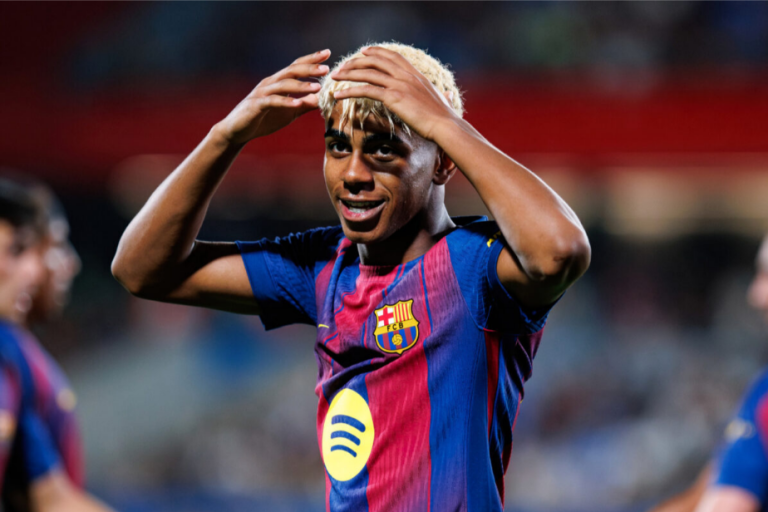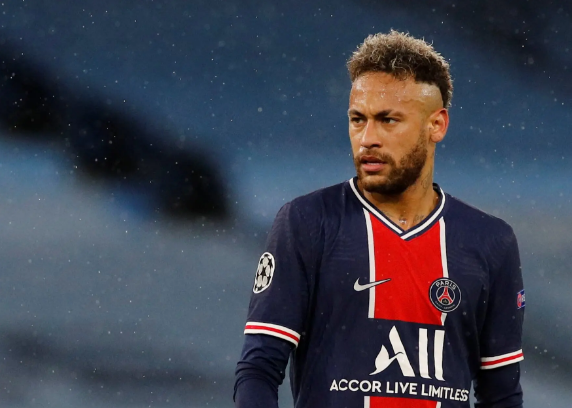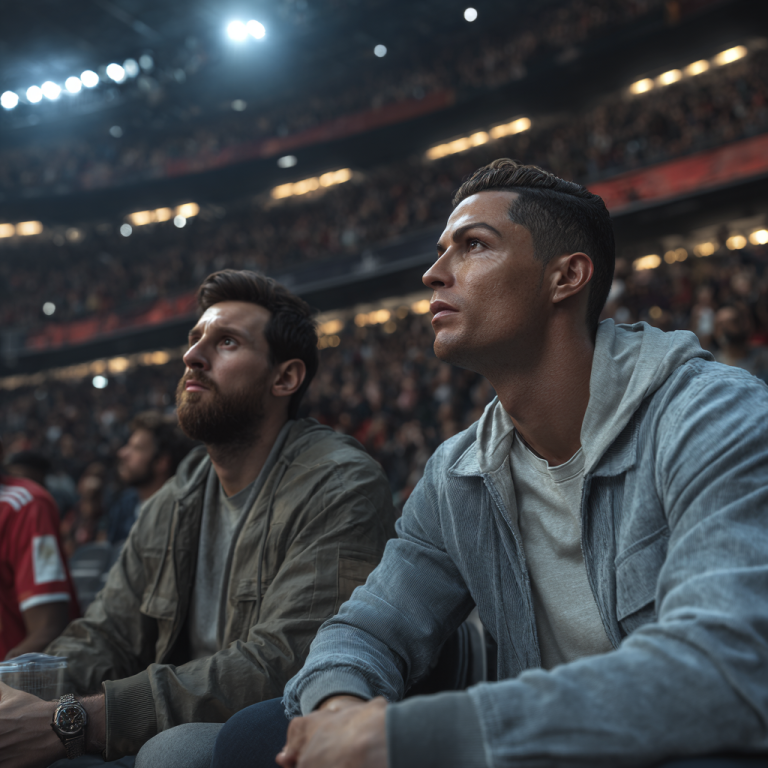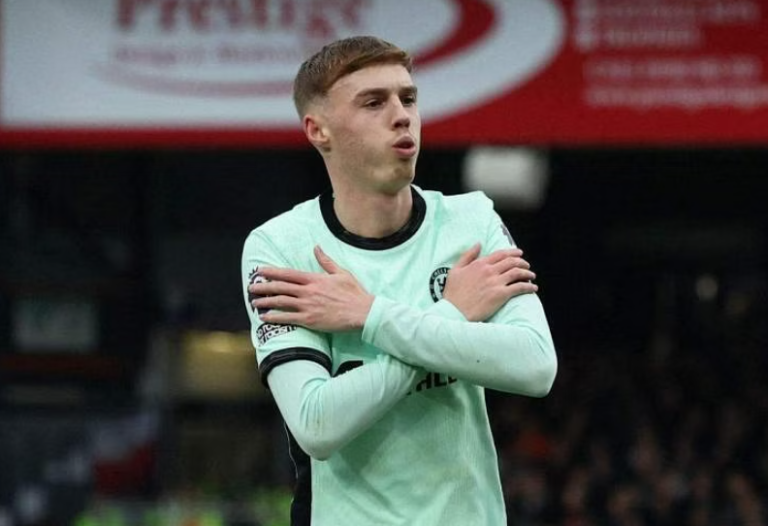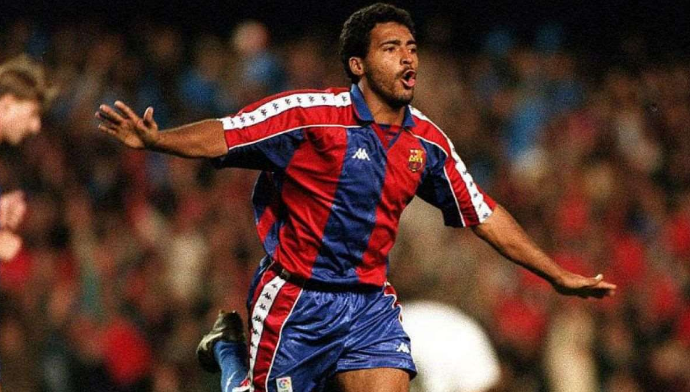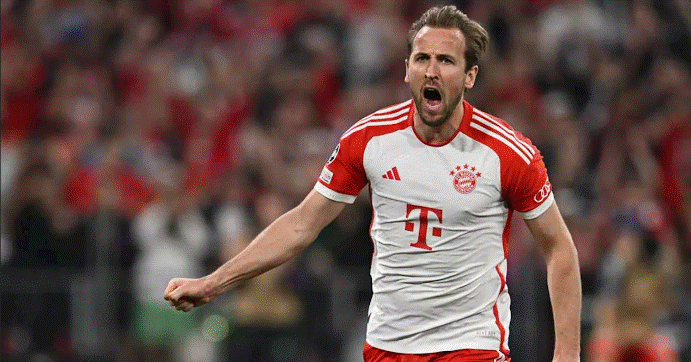Diego Maradona: A Life Less Ordinary
1. Humble Origins and Rapid Rise
Diego Armando Maradona was born on 30 October 1960 in Lanús, Argentina, and raised in the shantytown of Villa Fiorito—an upbringing marked by poverty and resilience. He was the first son following four sisters, and his early life was rooted in football as both passion and escape. elgrafico.com.arWikipédia
Maradona began playing organized football at just eight years old with Estrella Roja before advancing to Argentinos Juniors. He made his pro debut mere days before turning 16 and quickly earned a reputation as a magical playmaker. home.adelphi.edu
2. Legend in the Making
- Club career highlights:
- Argentinos Juniors: 116 goals in 166 appearances Sportskeeda+1Wikipédia+1
- Boca Juniors: Key contributor to a domestic title in 1981 footballhistory.orgWikipédia
- Barcelona: Transferred for a record fee (£5M) in 1982; won Copa del Rey and Copa de la Liga Wikipédia
- Napoli: Iconic era; transformed the club with Serie A titles, Coppa Italia, UEFA Cup—all while beloved by southern Italian working classes WikipédiaEncyclopedia Britannica
- National team:
Debuted for Argentina’s senior team in 1977, amassing 91 caps and 34 goals through a storied career Wikipédia+2Sportskeeda+2
3. The 1986 World Cup – Maradona at His Zenith
The 1986 World Cup in Mexico was Maradona’s crowning glory. As Argentina’s captain, he produced perhaps the most iconic World Cup quarter-final performance ever:
- “Hand of God” goal—infamous for its controversy.
- “Goal of the Century”—a breathtaking solo run past five England players. projerseyshop.es+5Wikipédia+5Diario AS+5Pinterest+3SB Nation+3projerseyshop.es+3
He led Argentina to World Cup victory, earning the Golden Ball as the tournament’s best player. SB Nation
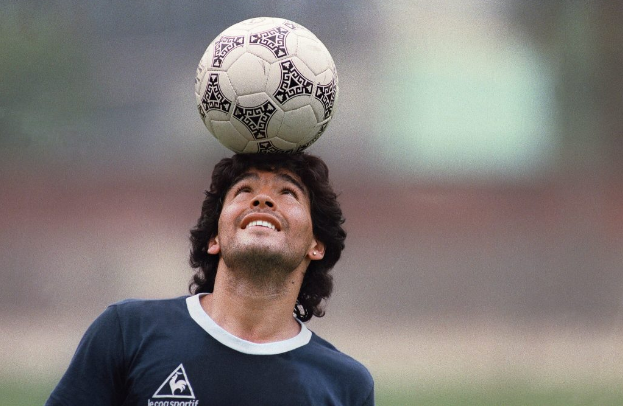
4. Controversy, Addiction & Health Struggles
Off the pitch, Maradona’s life was turbulent:
- Drug abuse: Cocaine addiction plagued much of his career from the 1980s into the early 2000s. He endured suspensions and decline due to substance abuse. Wikipédia
- Weight and health: Post-retirement, he struggled with obesity and underwent gastric bypass surgery in 2005. His health remained frail. Wikipédia
5. Political Beliefs & Cultural Persona
Maradona was more than a footballer—he was a cultural icon with strong political convictions:
- A vocal supporter of leftist leaders like Fidel Castro, Che Guevara (tattooed on his arm), Hugo Chávez, and Evo Morales. Wikipédia
- Supercharged his identity with nicknames like El Pibe de Oro (“Golden Boy”) and—during the 1986 World Cup—“Barrilete Cósmico” (“Cosmic Kites”), immortalized by an emotional commentary during his legendary goal. Diario AS+1
6. End of Life and Enduring Legacy
Maradona passed away on 25 November 2020, due to a heart attack. His death ignited global mourning—stadiums paused in tribute, and his beloved Napoli stadium was renamed in his honor. WikipédiaTIME
Later revelations unveiled a litany of health complications—double-sized heart, organ failure, and allegations of medical negligence. A high-profile trial involving his caretakers drew public attention to his tragic final days. thesun.co.uk+1
At a Glance
| Aspect | Highlights |
|---|---|
| Roots & Rise | Gritty start in Villa Fiorito—debut at 15, Argentine prodigy |
| Club Stardom | Conquests with Boca, Barcelona, and legendary status at Napoli |
| Peak Performance | 1986 World Cup – Hand of God, Goal of the Century, Argentina icon |
| Battles Off-Field | Addiction, health struggles, complex personal life |
| Political Persona | Aligned with leftist leaders; symbol of hope for marginalized fans |
| Passing & Legacy | Died in 2020; global mourning; long-lasting cultural impact |
Diego Maradona remains one of football’s most exceptional and polarizing figures—his genius inseparable from his flaws. A son of the Buenos Aires slums, a master on the pitch, a lightning rod off it, and an eternal emblem of passion and defiance.

